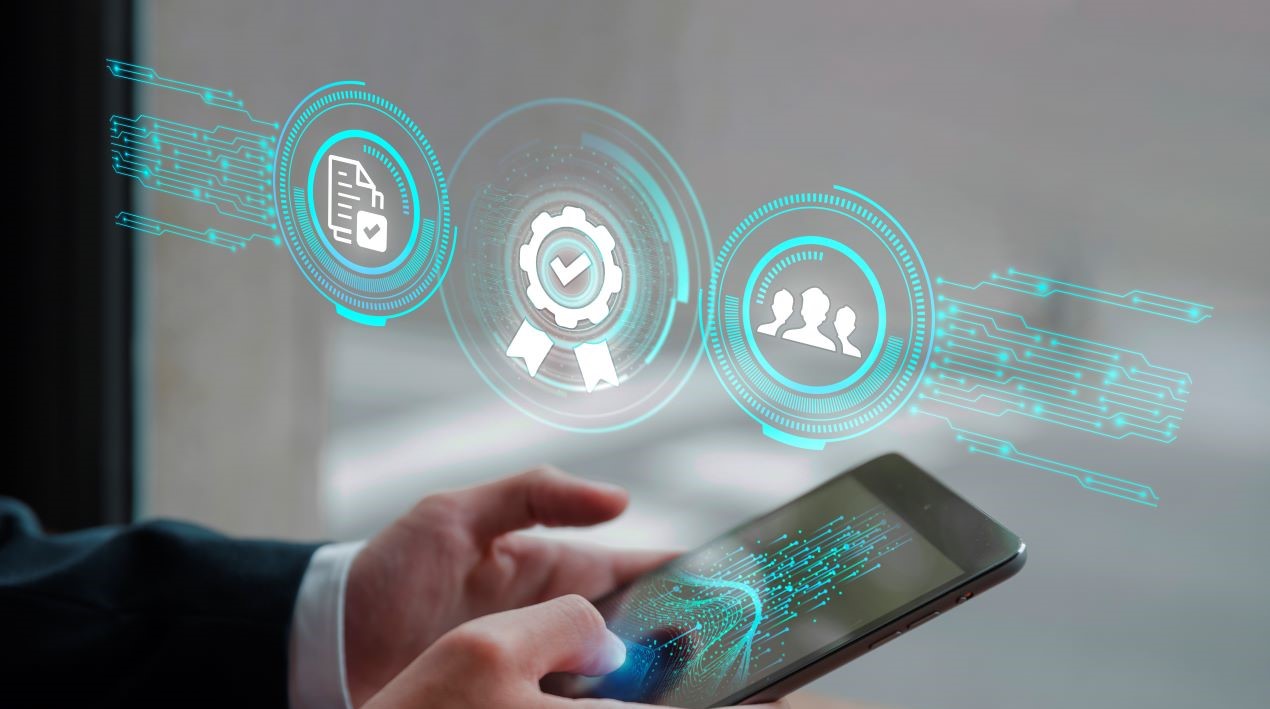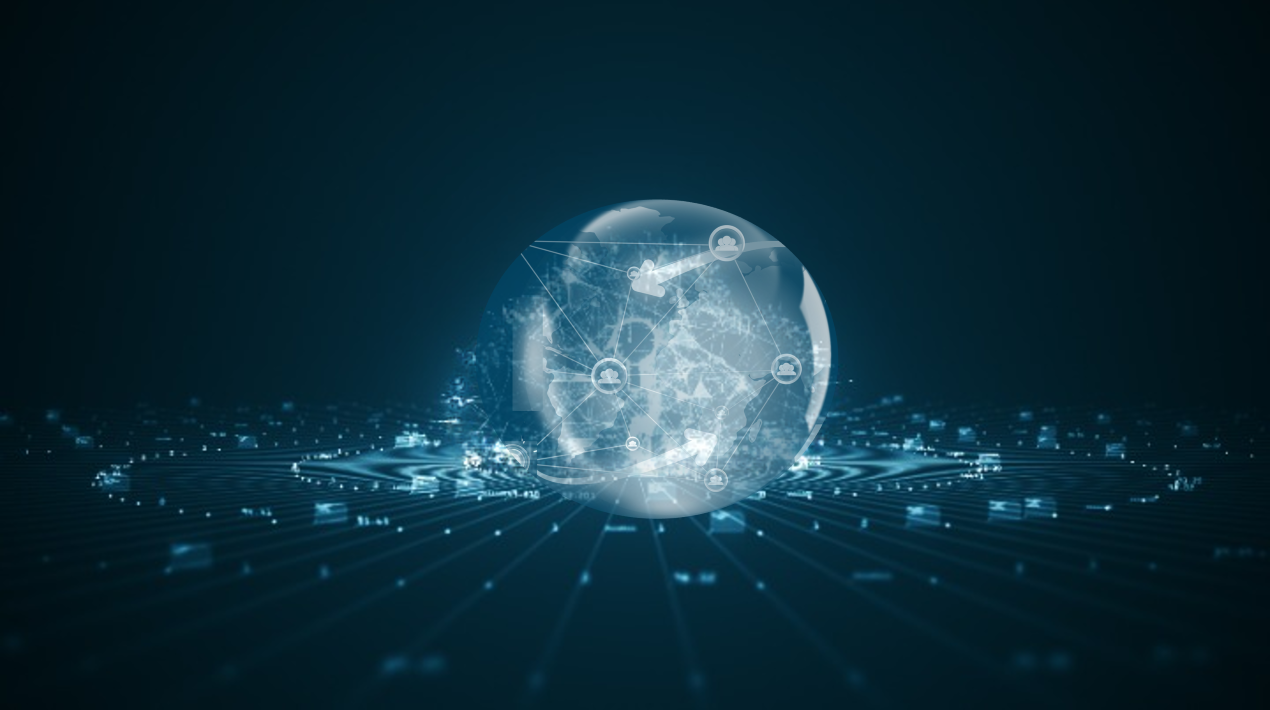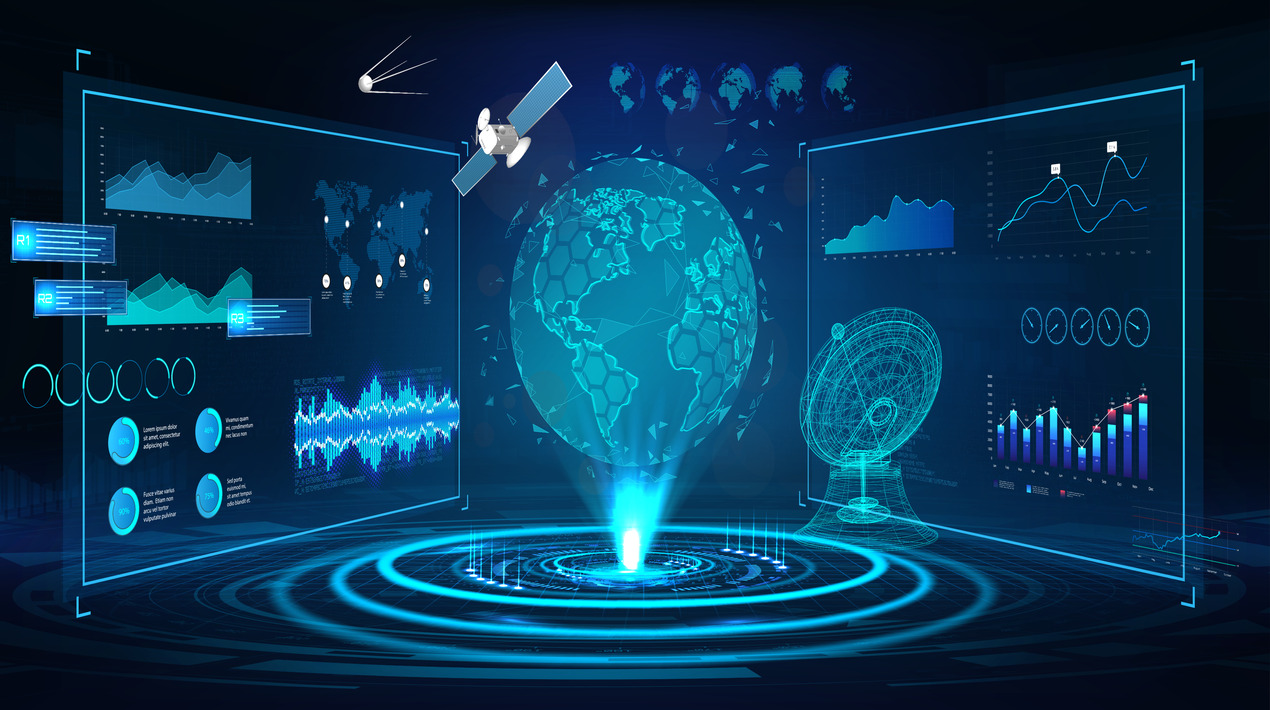
The U.S. Administration has placed a consistent priority on strengthening the nation’s cyber defences, building a comprehensive strategy to boost its cybersecurity and adopting aggressive measures to strengthen and maintain the nation’s cyber defence. As a result, the White House has recently produced a fact sheet on enhancing national cybersecurity, which outlines numerous improvements made in this area.
The Administration has collaborated closely with essential industries, such as transportation, finance, water, and healthcare, to assist stakeholders in understanding cyber threats to critical infrastructure and adopting minimal cybersecurity requirements.
This includes the Transportation Security Administration’s (TSA) implementation of numerous performance-based directives to strengthen cybersecurity resilience for the pipeline and rail sectors, as well as a measure of cyber requirements for the aviation industry.
The Bipartisan Infrastructure Act is an investment in the modernisation and strengthening of the country’s infrastructure. The Administration is ensuring that these projects, such as increasing the Nation’s network of electric-vehicle charging stations, are constructed to last and meet modern safety and security standards, including cyber security. Bipartisan Infrastructure Law (BIL) investments in digital security will also deliver high-speed internet to underdeveloped areas of the country, bridging the digital divide.
The Administration has upped the bar for all Federal Government systems by mandating effective cybersecurity measures like multifactor authentication. It also recently released a strategy for implementing Federal zero-trust architecture, as well as budget recommendations to ensure that Federal agencies allocate resources to cybersecurity priorities.
On the other hand, the Administration launched the International Counter-Ransomware Initiative (CRI) in 2021, bringing together partners from around the world to combat the ransomware problem. This organisation has increased communal resilience, enlisted the help of the commercial sector, and disrupted criminal actors and their infrastructure.
In addition to launching the International Counter Ransomware Initiative, the Administration has initiated cyber conversations with a wide range of allies and partners to strengthen collective cybersecurity, develop a coordinated response, and promote cyber deterrence.
When rogue cyber actors harm American or partner interests, the Administration does not hesitate to respond decisively. They are also committed to guaranteeing the implementation of globally established conventions to establish cyber “rules of the road.”
To discuss the development of a label for Internet of Things (IoT) devices so that Americans can easily identify which devices meet the highest cybersecurity standards to guard against hacking and other cyber vulnerabilities, the administration plans to bring together businesses, associations, and government partners.
Furthermore, the White House convened a National Cyber Workforce and Education Summit, bringing together government and cyber community leaders to discuss increasing the nation’s cyber workforce and boosting cyber education.
Encryption has been a key component of the U.S.’s strategy to safeguard data from hacking or theft by criminals. The National Institute of Standards and Technology (NIST) unveiled this summer four new encryption algorithms that will become part of NIST’s post-quantum cryptographic standard, which is anticipated to be finished within two years.
Through the National Quantum Initiative and the issue of National Security Memorandum-10 (NSM-10) on Promoting United States Leadership in Quantum Computing While Mitigating Risks to Vulnerable Cryptographic Systems, the government likewise seeks to advance its technological advantage.
This project has more than increased the United States Government’s investment in research and development (R&D) for quantum technology, resulting in the establishment of new research centres and workforce development programmes around the country.
















